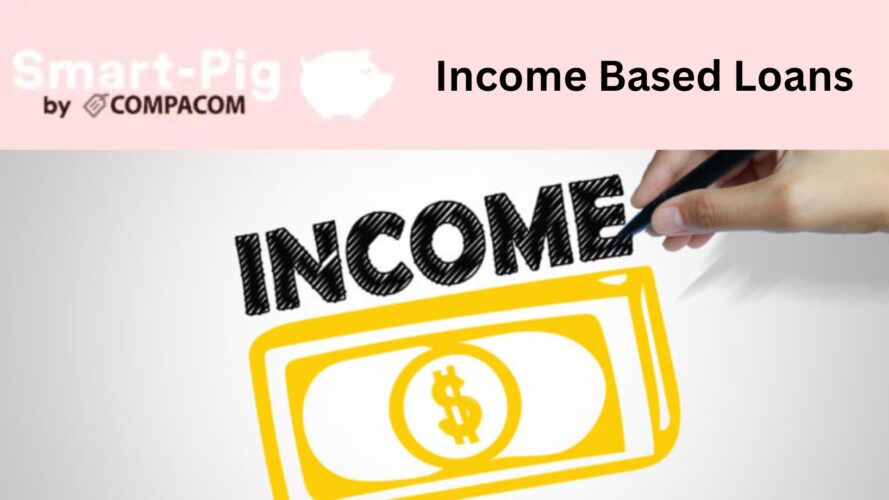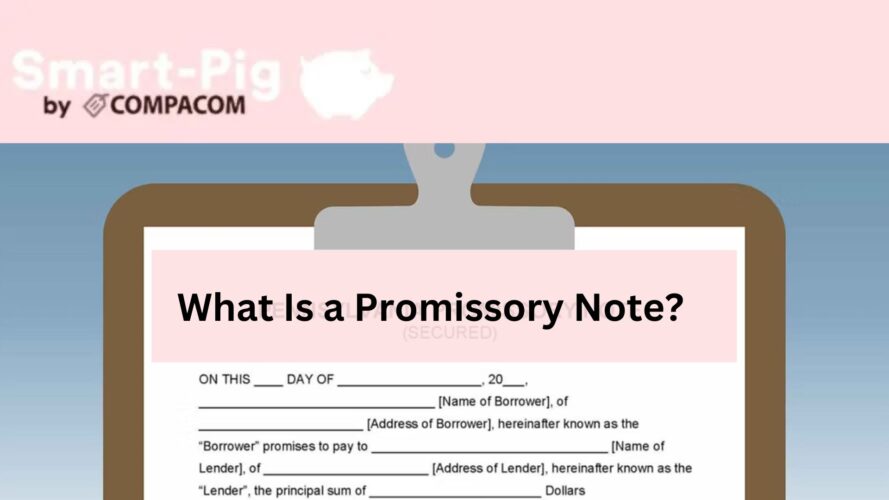
Numerous financial institutions, including banks, credit unions, and online lenders, provide $10,000 loans, but not all lenders are the same. This is particularly true if you have poor credit or if this is your first time taking out a loan.
Before committing to a loan, discover how to obtain a $10,000 loan and increase your chances of finding the most favorable deal for your specific situation.
How to Apply for a $10,000 Loan Online
Understanding how to secure a $10,000 loan is the first step towards getting the lowest APRs for which you qualify.
- Review your credit score
Your credit score can significantly impact your ability to obtain a $10,000 loan. In general, it can be challenging to satisfy personal loan requirements if your credit score is under 640. While it’s not impossible, you may need to focus on bad credit loans (which usually have higher APRs).
Review your credit score before comparing lenders to better understand which lenders to target and whether the loan offers you receive are competitive. - Assess your budget
Taking out a personal loan is a significant decision, and it’s crucial to ensure you can repay what you borrow. A single missed payment can lower your credit score by up to 180 points, potentially impacting your ability to secure another loan in the future.
Consider whether you truly need a loan. Perhaps you could generate the extra cash you need by selling unwanted items or saving up for your large purchase. - Prequalify with multiple lenders
Prequalifying for a personal loan allows you to see the rates and terms you might be eligible for without affecting your credit score.
During the process, the lender will request basic information, which typically includes your name, Social Security number (for a soft credit check), annual income, employment information, the desired loan amount, and the reason for the loan. - View Personalized Offers. While prequalifying, also consider the purpose of your loan. For example, if your primary goal is to consolidate credit card debt, specifically apply for debt consolidation loans. Applying for loans that align with your needs could provide certain benefits, such as an APR discount for allowing your lender to pay your creditors directly.
- Compare offers. After prequalifying with several lenders, compare the offers. When evaluating lenders, pay close attention to:
- APRs: An APR represents the total cost of your loan, including interest and fees, in addition to the principal. The lower the APR, the better.
- Funding timelines: The time it takes to receive your money is crucial, especially if you need an emergency loan. If you’re taking out a $10,000 loan for an urgent expense, prioritize lenders that offer same-day or next-day loans.
- Fees: Some lenders charge an origination fee, which is an upfront fee that the lender deducts from your loan before disbursing it.
- Repayment terms: Your repayment term is the duration you have to repay your loan. A longer repayment term will result in a lower monthly payment, but you’ll pay more interest over the life of your loan. Two-to-five year terms are common, but you may find loans with terms of seven years or more.
- Customer service: Check the lender’s website and note their business hours and available contact methods. If you prefer to handle your business online, you may want to choose a lender that offers live chat or a highly-rated mobile app.
6. Complete the application form online
Prequalification doesn’t guarantee that the lender will approve your loan. To secure the loan, you need to formally apply. The process is similar to prequalification, but you’ll need to provide documentation. Application requirements vary by lender, but be prepared to provide copies of your:
- Driver’s license or other government-issued ID
- Pay stubs
- Tax forms, such as W-2s
After applying, you’ll need to wait for the lender to review your application. Some may respond within a few minutes, while others can take days or weeks. If approved, the lender will send you a contract to sign and then disburse your funds. Some lenders will deposit the loan directly into your checking account, while others may offer to send the funds to your creditors (for debt consolidation loans).
7. Repay the borrowed amount
Your first loan payment will be due approximately 30 days after receiving the funds. Make sure to make on-time payments. If you can’t afford to pay, contact your lender immediately — they may have options to postpone or temporarily reduce your payment.
Where to find a $10,000 loan
Your current bank or credit union could be an excellent place to find a $10,000 personal loan, especially if you have excellent credit. This could also be a good option if you prefer the in-person experience that a bank or credit union can provide.
Alternatively, you can apply from the comfort of your home if you’re working with an online lender. Online personal loan lenders also tend to have less stringent eligibility requirements, which could be ideal if you have fair credit.
Getting a $10,000 loan with bad credit
You’ll likely find that the average interest rate on a $10,000 loan with bad credit is high, but there are some strategies you could employ to get a more affordable loan.
- Add a cosigner
Adding a cosigner to your loan can help you unlock lower APRs, but if you fail to pay your loan, your cosigner is then responsible. Late payments also affect your cosigner’s credit score as well as your own.
That being said, make sure that you can uphold your end of the agreement before considering a personal loan with a cosigner. Otherwise, your relationship may be damaged.
- Get a secured loan
A secured loan is a type of personal loan that requires collateral. Because the lender can repossess your collateral if you default, lenders may be more willing to offer loans to bad-credit borrowers. You might also find that APRs are lower on a secured loan compared to a traditional personal loan.
Secured loans can be risky, though. If you don’t want to lose your car, home, or other collateral, it’s essential to make sure you can afford a secured loan before you sign your contract.
- Improve your debt-to-income ratio
Your credit score consists of several metrics, including your debt-to-income (DTI) ratio. Your debt-to-income ratio measures how much debt you have, compared to how much income you bring in.
A DTI ratio above 43% could indicate to lenders that you don’t have much wiggle room in your budget, making it more likely that you’ll have a hard time keeping up with your loan payments. As a result, it may deny your loan application or charge higher APRs. If your ratio is close to or above 43%, you may want to pay off some of your current debt before taking on more.
$10,000 Loan Cash App: Quick and Convenient Borrowing Right from Your Mobile
If you’re in need of a $10,000 loan, using a mobile loan app can provide a fast and easy solution. These apps allow you to apply directly from your smartphone, often without a credit check, making them accessible to a broader range of borrowers. The application process is quick and straightforward, requiring only basic information to get started. Once approved, the funds are typically deposited into your account within one business day. Many mobile loan apps offer flexible repayment terms, giving you the ability to choose a plan that fits your financial situation. Borrowing $10,000 through a cash app is an excellent option for covering larger expenses or managing unexpected financial needs efficiently.
Long-term costs associated with a $10,000 loan
Although your credit score has a significant impact on how much you’ll pay for a $10,000 loan long term, so do current market conditions.
Since market conditions fluctuate — and have been especially volatile in recent years — your APR will likely differ from the figures shown in the table below. Still, this data might give you an idea of how much interest you’ll be charged on a $10,000 loan.
To further drill this down, consider this hypothetical scenario: You have a 660 credit score, and the best APR you’ve qualified for is 40%. If you were to take out a $10,000 loan, you could expect to pay the following in interest, depending on the term length you choose:
| Loan Term (months) | Monthly Repayment | Total Interest Paid Over Life of Loan |
|---|---|---|
| 12 | $1,024.71 | $2,296.58 |
| 24 | $611.88 | $4,685.06 |
| 36 | $481.10 | $7,319.65 |
| 48 | $420.47 | $10,182.47 |
| 60 | $387.52 | $13,250.99 |
| 72 | $368.06 | $16,499.96 |
As you can see, choosing a term length is a balance between affordable monthly payments and the total cost of your loan. For more personalized information, use our personal loan calculator to see how much a $10,000 loan may cost you per month, including interest.








